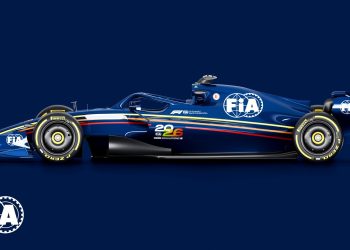Airspeeder is the 100% electric flying car category established to take the adrenaline of competition to the next level. Ahead of its official debut, the competition held its first official race in South Australia, hosted by former Formula 1 driver Bruno Senna and motorsport broadcaster Nikki Shields.
The race was won by Zephatali Walsh after beating his teammate Fabio Tischler, where the action took place on a 1 kilometer digital area track through two sessions with pit stops for battery replacement, adding an interesting strategic layer, in the best Formula 1 style, where it is not only enough to be a good driver to achieve great results.

To support the race, Airspeeder built race and driver control stations under 5G network coverage and augmented reality (AR) Sky Tracks. In addition, participating teams were able to access Acronis and teknov8 to collect important telemetry data to interpret for improvements.
It should be noted that the competition was run remotely. However, heading into 2024 it will be done from the vehicles, in places where racing has never been seen before. Airspeeder tracks will have a light infrastructure approach, meaning they can be held in a variety of landscapes.
Related content:Bruno Senna on Airspeeder: “It’s a Journey”
About Airspeeder
Airspeeder is the world’s first racing series for electric flying cars, created with the mission to accelerate advanced eVTOL (electric vertical take-off and landing) aviation technology through intense sporting competition. This mobility revolution, backed by the technology of the future, will transform urban air mobility, global logistics and even medical applications with a clean air electric vehicle solution.
Close but safe aerial racing is guaranteed through the latest LiDAR and radar technologies that create virtual force fields around the quadcopter-format flying cars. Fast hairpin turn maneuverability is delivered using a multicopter design. This pioneering approach to aircraft design also improves stability, while electronic speed control systems allow pilots to exploit the full potential of our advanced electric powertrains.
Written by | Ronald Ortega



















